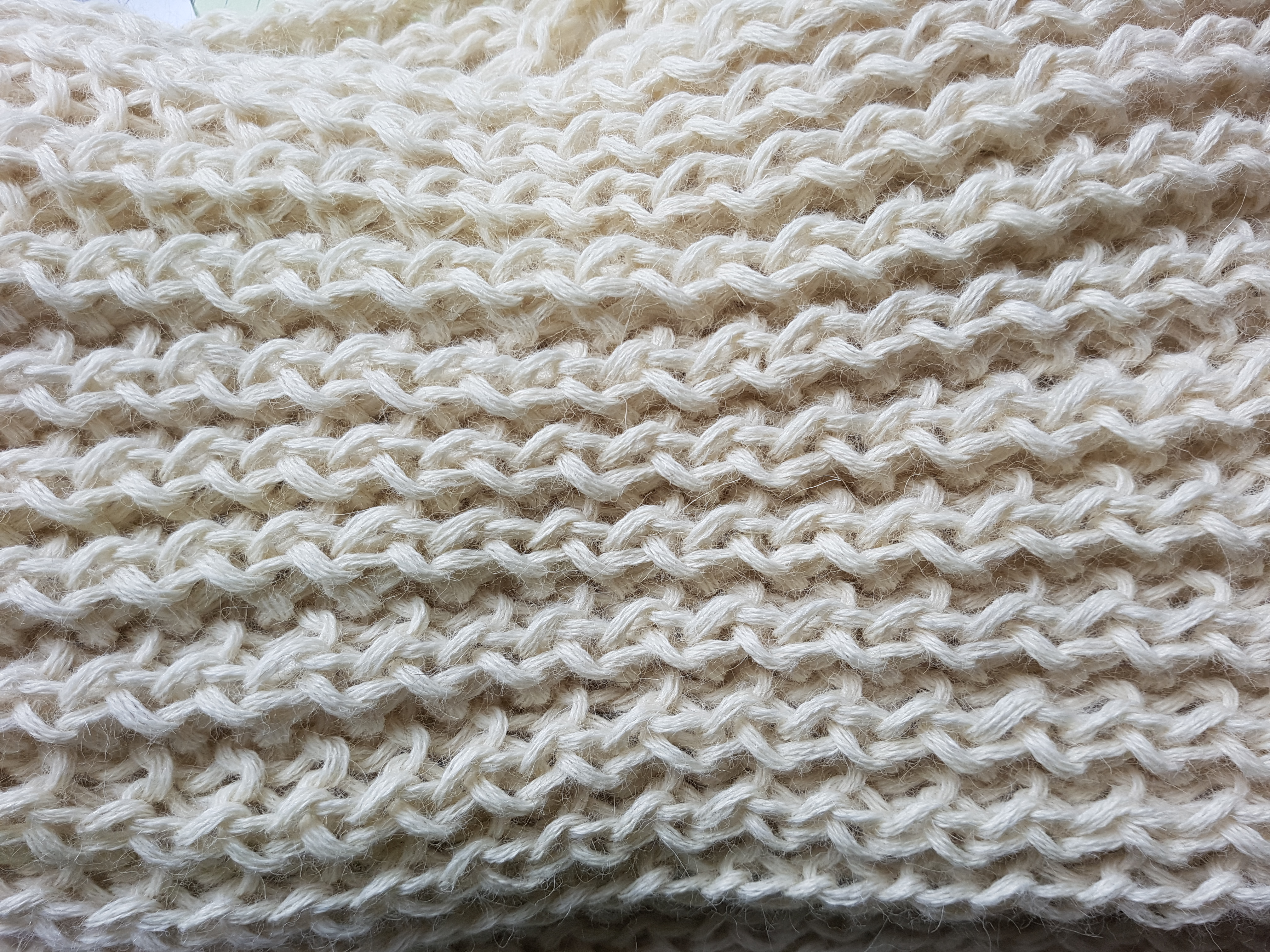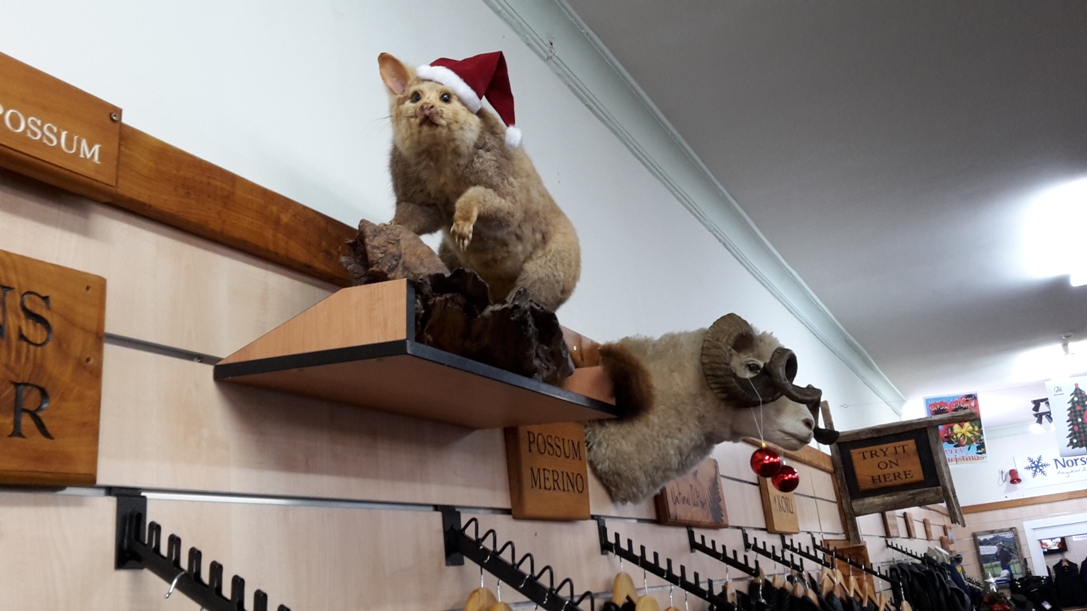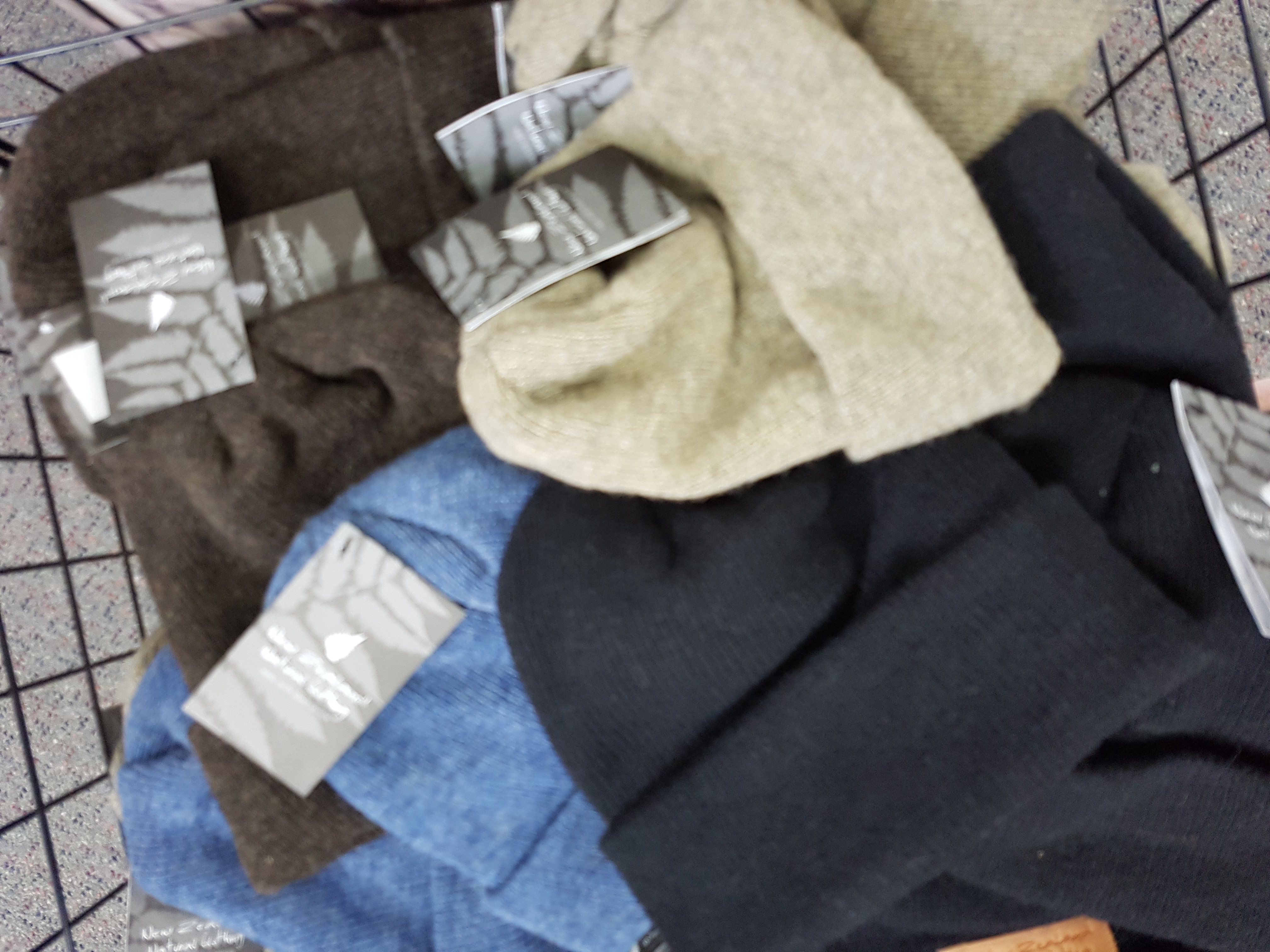Where does Natural Fibre Come from?
Posted by NZ Natural Clothing on 19th Jun 2018
Where does Natural Fibre Come from?
When most people think of natural fibres they think of three, maybe four variations. Wool, cotton, silk and perhaps flax - better known as linen.
Most people also tend to lump all varieties of wool together which is rather unhelpful as it tends to overlook the unique properties for each one and therefore the best application.
There’s way more than you think and considering where their found, it’s hard not marvel at just how much good old mother nature can provide for us.
To help you identify where you fibres are coming from, we’ve compiled a complete list split into plant and animal fibres.

Plant Fibres
Plant fibres is a broad church including seed hairs, stem fibres, husk fibres and leaf fibres. Often the thing inside the husk - like the coconut - is used too so wastage is minimal. Although in instances where not all the plant is used and won’t yield further crops, it is destroyed when the field is ploughed and the plant matter used to nourish the next planting.
Cotton
Open with a classic! Cotton is the most widely used fibre in the world. Cotton is actually a seed fibre which is why an individual cotton plant produces a relatively small amount of fibre for its mass.
It’s also quite an expensive fibre with 20,000 litres of water required to produce just a single kilogramme of cotton.
Upland cotton makes up 90% of the worlds cottons and can be found in more or less any item of cotton clothing.
Flax
Flax, or linen, has been used for thousands of years. There’s evidence to suggest it goes all the way back to prehistory.
It shares a lot of the same properties as cotton but the fibres are stiffer which is why linen wrinkles so easily. Linen is also ideal for hot climates because it absorbs and releases water very quickly.
A hectare of flax can produce up to 3.5 tonnes of fibre.
Ramie
Also known as China Grass, ramie is similar to flax but coarser and far stronger. It’s actually one of the strongest natural fibres in the world.
Like flax it’s inflexible so wrinkles easily. It’s used for rope and nets as well as clothing, when woven correctly. Ramie fabrics are lightweight and silky to the touch.
Hemp
Hemp - as you probably guessed from the name - comes from the cannabis plant and can be found in anything from jumpers to rope.
But before anyone tries to set fire to their chunky knit for the ultimate high, it’s not that kind of cannabis plant. You’d need to burn a field of the stuff to get even a tingle and that would likely be caused by oxygen deprivation.
Hemp is especially useful because it is resistant to mildew, blocks ultraviolet light and possesses natural anti-bacterial properties making it ideal for clothing and household items like chopping boards.
Jute
Also known as sackcloth, jute is extracted from bark and can be used in sackcloth, carpets, furniture coverings, toys, wall hangings and even shoes. It’s seriously useful stuff.
The fibres can be further processed to create imitation silk and increasingly the fibres are replacing wood pulp in paper.
Output of Jute is roughly on par with global wool production.
Coir
Coir is extracted from coconut husks and - depending on the type of fibre can be found in anything from rope to the padding in car seats. Next time you wipe your feet on a door mat spare a thought for the coir weave holding the whole thing together.
Coir mesh is highly water absorbent so is excellent for helping seeds to germinate. It’s also an excellent insulator and is 100% biodegradable.
Abaca
Produced predominantly in the Philippines and Ecuador, abaca is a leaf fibre from the abaca plant. Harvesting abaca is a labour intensive task as the each stalk has to be cut, scraped to remove the pulp then washed and dried.
Historically used for rope and sackcloth, the protracted production process has meant that other materials have superseded it.
However car manufacturers have started using it in their car body panels in lieu of expensive and environmentally unfriendly carbon fibre.
The fibres are blended with thermoplastics which uses 60% less energy than the current mainstream method.
Sisal
If you’ve ever thrown a dart at a board then you’ve come into contact with sisal.
The fibres from the leaves of the sisal plant are actually incredibly useful. A traditional material for twine, it’s being increasingly incorporated into plastic composites as a reinforcing agent.
Automotive component manufacturers are currently trialling sisal as a replacement for asbestos in brake pads.
Animal fibres
Wool, wool and more wool right? Well, not exactly. With the exception of silk, clothes made from animal fibres do come from the fleece of animals (apart from that one time Lady Ga Ga decided to wear the stock of her local butchers). But - as with different breeds of sheep - different animals produce a different fibre and therefore provides a different purpose.
Sheep Wool
We’ve been using sheep for food and clothing for over 10,000 years. They’re as much a part of human culture as your pet goldfish. Only far more useful.
There’s roughly 200 breeds of sheep in the world with a population of around 1 billion. Obviously not all sheep are bred for wool and those that are produce a variety of grades suitable for clothing or other textiles.
The merino sheep can produce around 18kg of wool a year.
Angora Wool
The idea of shearing a rabbit has always seemed a little strange but that’s exactly what happens to the angora variety.
Angora rabbit hair is technically a wool and grows twice as fast as normal rabbits, requiring the hair to be removed every three months or so.
Angora wool is very soft and silky and absorbs water well. It’s also produced in tiny quantities - a single rabbit growing just 1.5 kilogrammes per year. Which certainly explains the price tag angora products come attached to.
Cashmere
Cashmere comes from a single breed of goat native to the Himalayas and can be collected just once a year. All 150g of it.
The properties of the fibres make it warm without weight and smooth to the touch further increasing its luxury status.
Cashmere is used in a variety of clothes and pure cashmere output - the fibre that’s been scoured and dehaired - is around 13,000 tonnes. Compared to the 2 million tonnes of sheeps wool, it’s easy to see why the hardy sheep continues to dominate the animal fibre market.
Mohair
Not to be confused with a spiky hairdo, mohair comes from the angora goat which produces between 3 and 5 kilogrammes a year.. Obviously something special about Angora and the animals.
Mohair is behaves a lot like wool. It’s incredibly strong considering its density and its surface scales are thinner which makes it naturally very smooth to the touch.
Mohair makes for excellent garments and blankets, enhanced by its natural moisture absorbance, flame resistance and durability.

Alpaca Wool
Anyone who has visited a working farm or a zoo lately as likely seen a alpaca - they’re basically shaggy lamas.
They’re fleece is strong, soft and dense making it a great insulator whilst being lightweight. The wool is woven into clothes of all types including - more recently - outdoor sports clothing.
Although from the highlands of Peru, Bolivia and Chile, farms in North America and Australia are growing rapidly and are expected to take over dominance in the market.
Silk
Silk is something of a morally iffy material. The silkworm produces liquid silk that hardens into filaments that form the worm’s cocoon. The larva is then killed and the cocoon heated and unwound to get the silk threat.
Global silk output is at around 150,000 tonnes and is used in a raft of luxury items from clothes and underwear to wall coverings.
It’s also used as surgical sutures because it doesn’t inflame the wound and it is either absorbed by the body or just degrades and falls out.
Camel Hair
Start with a classic, end with a joke! Or is it? Camel hair from the Bactrian breed is actually highly sought after and the herd size is estimated at around 1.4 million animals.
The soft inner down is used for luxury scarves, overcoats, suits, blazers and more.
Because the annual fleece of the camel is only 5 to 10 kilogrammes a year it is often blended with trusty wool to make it more economical. You can also get camel and cashmere blends for the deeper pocketed individual.

(An in-store christmas possum!)
Possum (Brushtail, introduced pest from Australia)
This is by far our Favourite! Using Possum as natural fibre helps to reduce the damage that brushtail possums do to our native forests and wildlife. Estimated 22,000 tonnes of native New Zealand vegetation is consumed by these pests, each evening. Like us, these immigrants LOVE New Zealand and gobble up the best of our native fauna.
New Zealand is the only place in the world that possum fibre can be harvested, so the fibre is a rare luxury commodity globally. Possum fur for the garments we stock is gathered by hand, and is sourced from reputable, humane suppliers.
Possum fur is a hollow fibre, which traps the heat you generate. When blended with superfine merino sheeps wool and silk, it creates the luxury feel which is a light, easily-shipped insulating layer. We love it! Here are some of our bestselling Possum garments:

As you can well imagine, we’re big fans of natural fibres, wherever they come from so the more we as consumers can do to support these industries the better.
In fact considering some of the properties of this animal and plant fibres it would be of no surprise to see them crop up increasingly in manufacturing and construction as they present a sustainable and more cost effective alternative to materials such as fiberglass.
We stock a wide range of natural fibre ethically sourced products. To view the whole range, click here.

